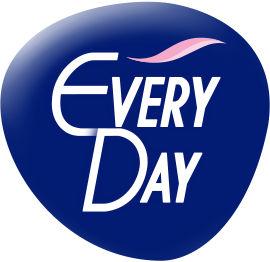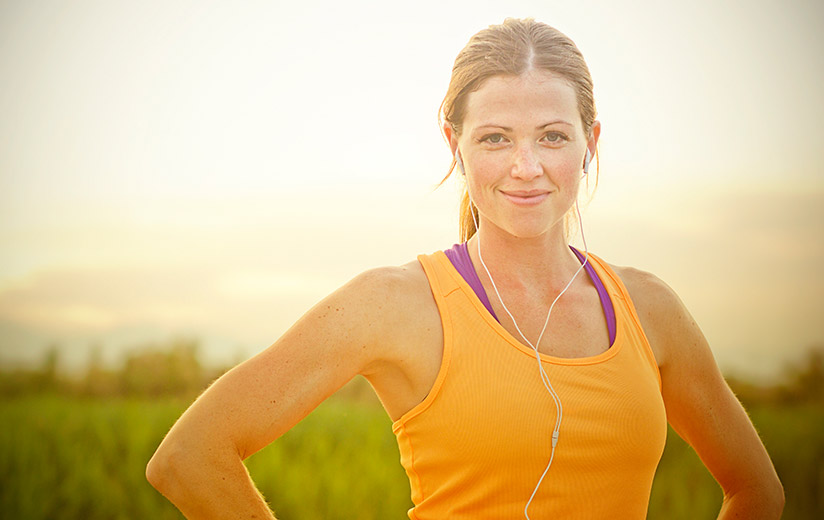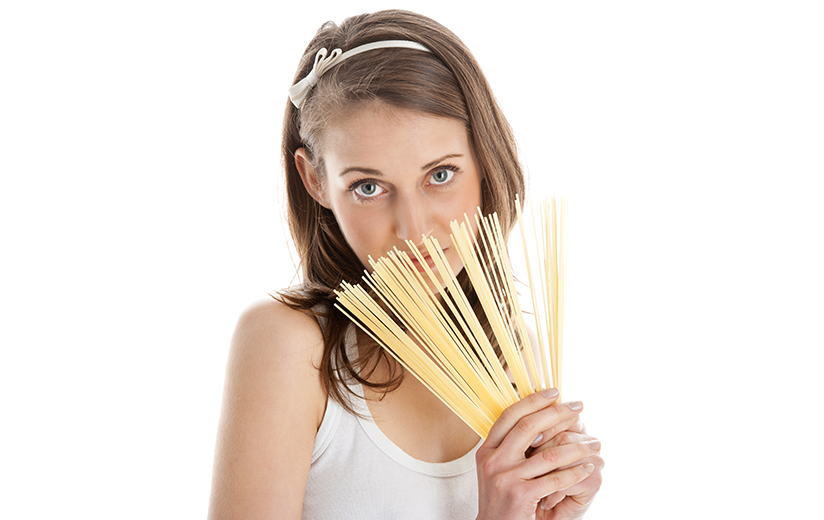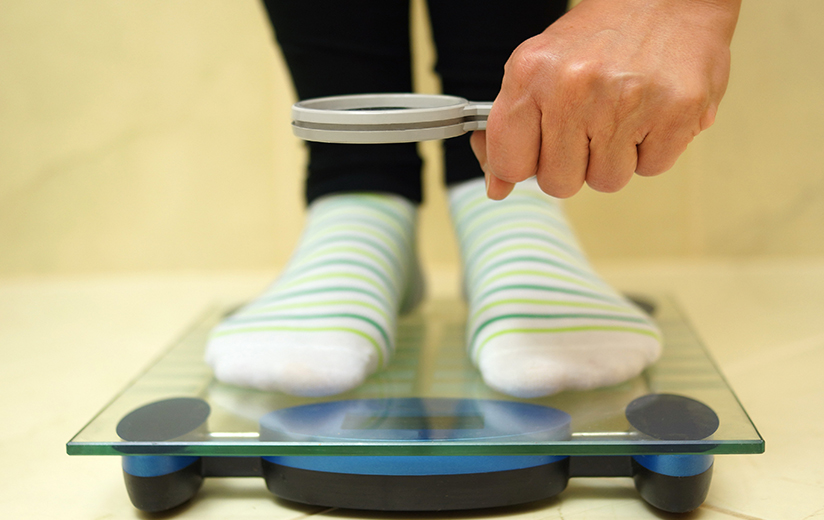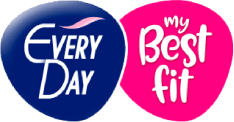Iron: A powerful mineral
Iron: A powerful mineral
Maria Skoura
As the body grows up fast during puberty, the needs for iron (Fe) are increased particularly for girls at menarche. According to recent research, only a 60% of teenage girls gets the daily recommended iron intake. A 75% of teenage girls have iron deficiency, in comparison to a 17% of teenage boys. Teenage girls have 10 times more risk of anemia than boys.
What is iron (Fe)? Iron is an essential mineral, as it helps the transportation of oxygen around the body. The immune system is dependent on iron for its efficient functioning and physical and mental growth requires sufficient iron levels. The amount of iron you should get from your daily diet is 15 mg a day for women and 12 mg a day for men.
Good sources of iron include:
• Red meat (i.e. pork, beef, lamp, rabbit, liver)
• Oysters (i.e. mussels and clams)
• Legumes (beans, lentils, peas)
• Most dark-green leafy vegetables
• Dried fruit (dried apricots, raisins)
• Nuts
• Breakfast whole grains (rich in iron)
Generally speaking, iron is absorbed into your body at a 10% through plant foods and a 50% through animal foods. In cases of iron deficiency, the body increases the levels of absorption, to cover its needs. Even the slightest lack of iron can causes fatigue, weakness, cognitive problems, excessive hair loss, fast or irregular heartbeat. A shortage of the element iron in your body can cause iron deficiency anemia (sideropenic anemia).
Causes of low iron levels include: poor diet, intake of high doses i.e. during intense exercise or an inability to absorb enough iron from food, or blood loss during menstruation. Most teenage girls suffer from iron deficiency at menarche, due to blood loss, such as from heavy menstrual bleeding.
To improve your absorption of iron from the food you eat:
• Consume foods rich in iron such as red meat, fish and chicken.
• Combine animal source foods such as meat and fish with plant source foods, such as cereals, legumes and green vegetables at each meal.
• Combine animal source foods as meat and fish with foods rich in vitamin C, such as fresh vegetables at each meal.
• Avoid vegan and/or crash diets.
Maria SkouraNutritionist, Scientific Associate of the Greek Society of Adolescent Medicine
